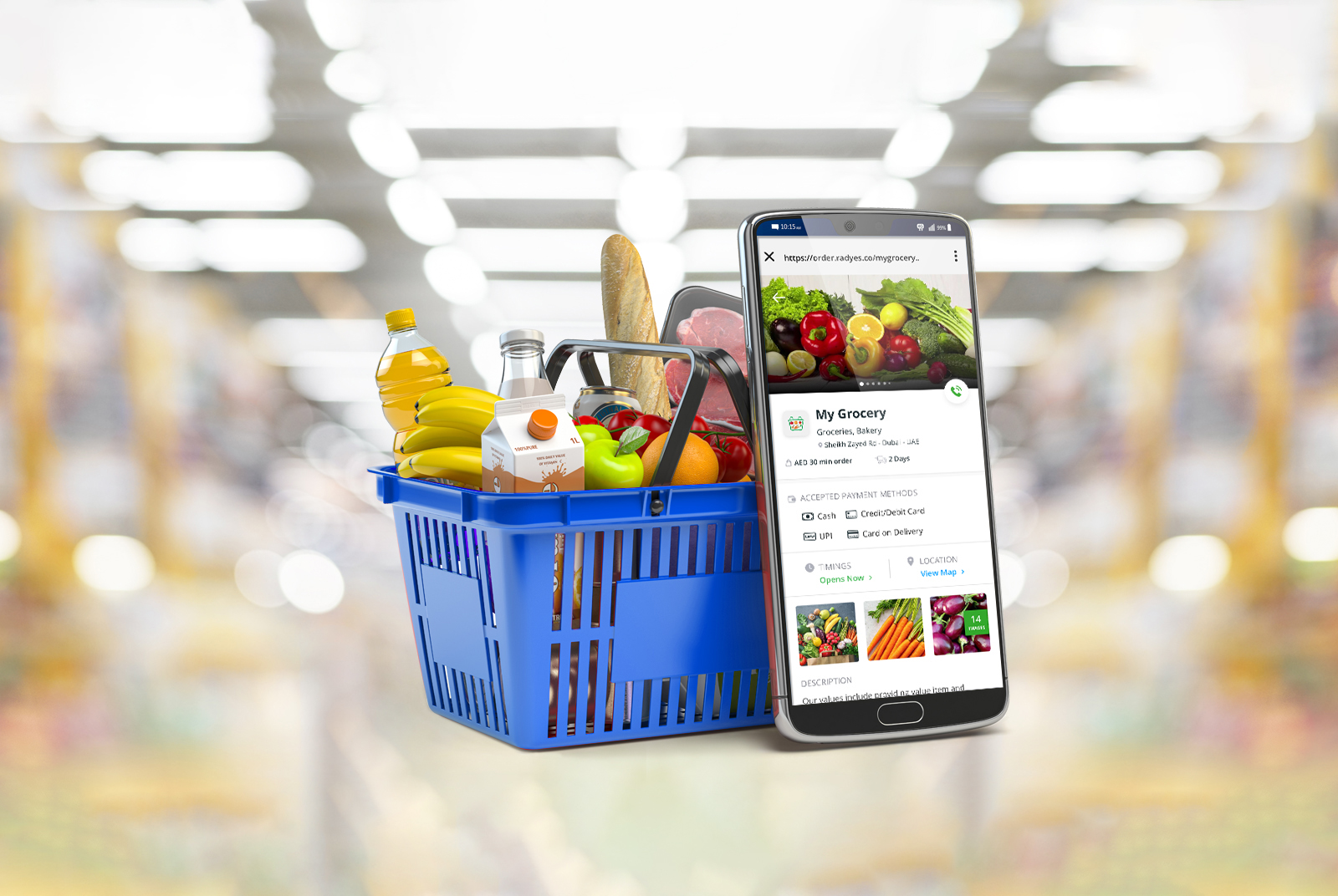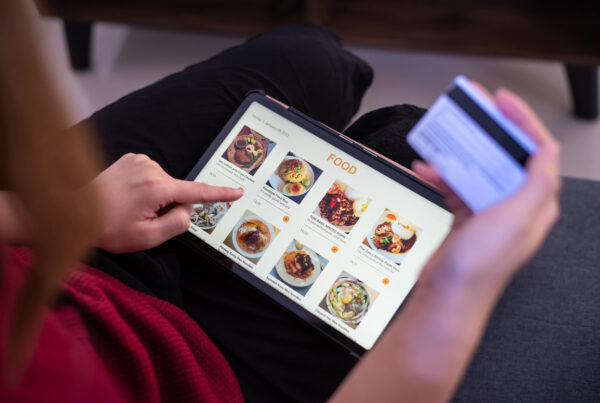If you own a grocery business, in all likelihood, the year 2020 didn’t end on a high note for you. Not only did the pandemic bring unwanted change but it also swept up the market in a wave of uncertainty. Ultimately, it came down to how brands met customer expectations.
Reshaping consumer demand
At the onset of the epidemic, with the spotlight turning on a breed of direct-to-consumer grocery brands, it became evident that they were gaining popularity among consumers.
Meanwhile, customers were on the lookout for brands that provided a personalized and reliable shopping experience. Their expectations were impacted by safety interests, convenience, ease of use, and the continued demand for essential goods. Some brands were just fast enough to read the shift in consumer behavior and keep up with their dynamic needs.
But how are you, as a grocery brand, ensuring that your customers’ expectations are being met? The way customers shop is not the same and how a brand sells must also shape up to suit these changing patterns. No longer are consumers keen on stepping outside the comfort of their homes and risking physical contact amidst the pandemic.
More than half (51%) of millennials said they would rather place an order digitally versus visiting a physical location in person. Shopping on digital has surfaced as the go-to choice for consumers who are now relying on digital convenience to satisfy their needs.
Moving forward as an independent player can enable a grocery brand to drive decisions based on owned data and target new customer segments that would have otherwise remained untapped.
Take note – going direct is a necessity in today’s times!
However, it takes a lot more than merely launching a D2C channel to ensure success in the grocery segment.
What this means for grocery brands
As a grocery business, you may have a bit of trouble balancing a large inventory of products, while catering to what the consumer expects.
We completely understand the pain that goes behind meeting customer demands with huge inventories to manage and fulfilling last-mile logistic requirements.
So that we could truly grasp how a grocery brand can still thrive with these limitations, we attempted to dig deeper:
- Turns out 87% of consumers depend on digital channels for their shopping needs.
- Values such as ‘convenience’ and ‘ease of use’ top the list of reasons for shopping with direct-to-consumer brands; 94% of shoppers chose at least one of these.
- While groceries are still relatively new to the digital space, consumers are not. Naturally, when they are shopping their reasons for shopping would be consistent across all needs.
- These values could give you an upper hand being a grocery brand. Even more so because you’re already committed to delivering the aspect of convenience with a wide range of products and consumer goods to sell.
- A study conducted by Forbes took the pulse of the modern-day consumer and discovered that two-thirds of shoppers in a 6000-respondent survey use social media to fulfill their shopping needs.
By tracking down where customers are choosing to shop and building a wholesome and valuable experience around it, we wrote our direct ordering success story. Embracing an omnichannel strategy and creating tighter ties with customers allowed us to refine the experience that we had built for brands we work with.
Ever since we have helped various brands crack the code to their own direct ordering wins.
With Lyve your brand too can reach its fullest potential while effortlessly managing customer demands.
Taking charge of the situation
It took the global outbreak for the grocery retail market to accept digital transformation and recognize the critical need for complete transparency in their overall supply chain and inventory. Eventually, it’s also why brands decided to go directly to their customers so they could stitch a seamless experience all the way.
Advancing forward, grocery brands that are digitally equipped and invest in their own online footprint will be armed against future market disruptors like COVID-19. Let’s not forget that the outcome of direct selling lies in the hands of customers, making the customer experience all the more significant.
With every touchpoint across the customer journey in mind, Lyve is equipped with a host of benefits like loyalty, multiple payment methods, marketing tools, and the ability to get you orders from anywhere – WhatsApp, Google, Facebook, Instagram, and even your own website. You also get access to a dashboard for easier inventory management and consumer insights so staying atop the customer experience is now a possibility for your grocery brand. All you need to do is plug into a fully functional, thriving ecosystem that will help your brand grow and exceed customer expectations.
Start your free trial with us to know more about how Lyve can add value to your grocery business. Our team is here to guide you.



